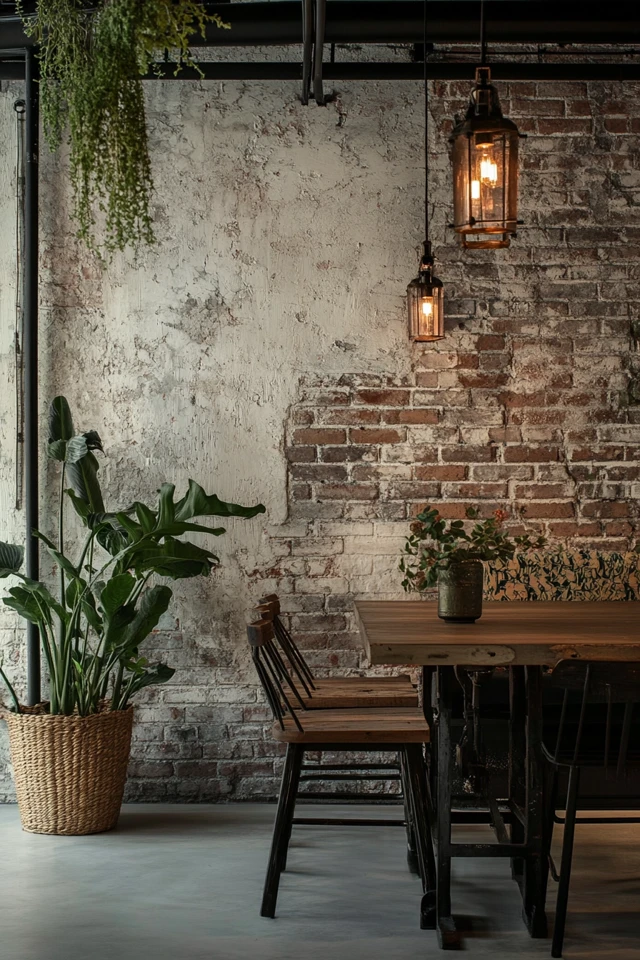Introduction
Industrial design is known for its raw materials, bold edges, and neutral tones, but sometimes this aesthetic can feel a little cold or stark. That’s where warm textures come in—they balance the ruggedness of industrial spaces by adding coziness, softness, and a welcoming vibe. I’ll never forget working on an industrial loft where exposed brick walls, concrete floors, and black metal accents dominated the room. By adding plush rugs, warm wood furniture, and woven textiles, the transformation was incredible—the space became both edgy and inviting.
If you’re looking to combine warm textures in your industrial space, this guide will help you achieve the perfect balance of grit and warmth. From layering soft textiles to integrating natural materials, here are the best ways to infuse coziness into your industrial-style home.
Why Warm Textures Are Essential in Industrial Spaces
Benefits of Combining Warm Textures
- Balances Cold Elements: Softens the hardness of metal, concrete, and brick.
- Adds Depth: Creates a layered look that feels dynamic and visually interesting.
- Improves Comfort: Makes industrial spaces feel livable and inviting.
- Enhances Aesthetics: Blends contrasting materials for a sophisticated, curated look.
1. Layer Rugs on Concrete or Wood Floors
Why It Works
Rugs instantly add warmth and softness to hard surfaces like concrete or wood, which are common in industrial design.
How to Style It
- Choose large area rugs with plush textures like wool or shag.
- Opt for neutral tones or warm patterns like kilim or Moroccan designs.
- Layer smaller rugs over larger ones for added depth and coziness.
2. Use Warm Wood Accents
Why It Works
Wood’s natural warmth and texture perfectly complement industrial materials like metal and concrete.
How to Style It
- Incorporate reclaimed wood furniture like dining tables, coffee tables, or shelves.
- Use wood paneling on walls or ceilings for a rustic touch.
- Pair with matte black or steel frames to maintain the industrial aesthetic.
3. Add Soft Textiles
Why It Works
Soft textiles balance out the sharp edges and raw materials typical of industrial spaces.
How to Style It
- Add throw pillows in materials like linen, cotton, or velvet for texture.
- Use knit or faux fur throws to drape over sofas or chairs.
- Incorporate curtains in soft, natural fabrics like linen to frame windows and diffuse light.
4. Incorporate Leather Furniture
Why It Works
Leather combines ruggedness and warmth, making it ideal for industrial spaces.
How to Style It
- Choose distressed leather sofas or armchairs for an authentic, lived-in look.
- Pair leather furniture with wood and metal accents for a cohesive design.
- Add soft throw pillows or blankets to contrast the sleekness of leather.
5. Embrace Exposed Brick With Warm Decor
Why It Works
Exposed brick provides texture and warmth, especially when paired with complementary decor.
How to Style It
- Use warm-toned artwork or mirrors with wood frames to enhance the brick’s natural tones.
- Incorporate greenery like potted plants to add life and softness.
- Use wall sconces with warm lighting to highlight the brick’s texture.
6. Add Woven Materials
Why It Works
Woven materials bring a natural, earthy feel that softens industrial design’s hard edges.
How to Style It
- Use woven baskets for storage or as decorative elements.
- Add rattan or wicker chairs for a cozy, relaxed vibe.
- Incorporate woven light fixtures to add texture and diffuse light softly.
7. Style With Soft Lighting
Why It Works
Warm lighting changes the mood of industrial spaces, making them feel more inviting.
How to Style It
- Use Edison bulbs or pendant lights with warm tones for an industrial-meets-cozy vibe.
- Add floor or table lamps with fabric shades to create diffused, soft light.
- Incorporate candles or string lights for an intimate, ambient glow.
8. Include Natural Elements
Why It Works
Natural materials like stone, greenery, and wood balance the industrial look with warmth and organic texture.
How to Style It
- Add indoor plants, such as ferns, succulents, or trailing ivy, in terracotta or metal pots.
- Use stone decor items like vases or bookends to add subtle texture.
- Pair natural elements with industrial materials like metal or concrete for contrast.
9. Layer Warm Colors
Why It Works
Warm colors like rust, mustard, and terracotta create a cozy atmosphere in industrial spaces.
How to Style It
- Add throw pillows, rugs, or artwork in warm, earthy tones.
- Use soft, muted hues to maintain the industrial style while adding warmth.
- Balance warm colors with neutral or gray tones for a harmonious look.
10. Mix Industrial With Rustic Elements
Why It Works
Rustic elements like weathered wood and vintage decor soften the harshness of industrial design.
How to Style It
- Incorporate vintage items like lanterns, clocks, or books for character.
- Use rustic wood beams or shelving to add texture.
- Pair rustic and industrial pieces, such as a metal-framed table with a wood top, for a balanced look.
Picture Gallery
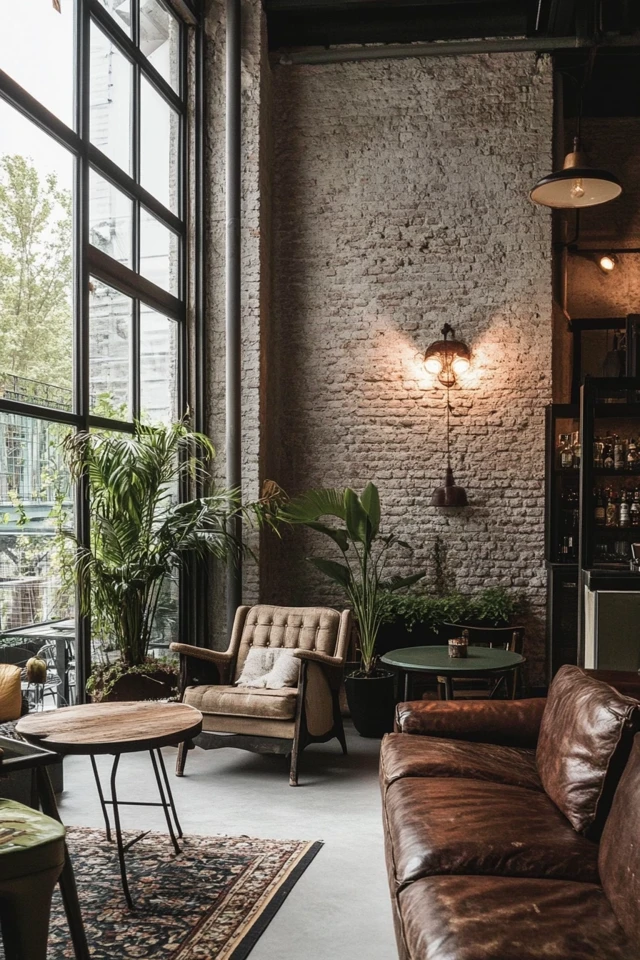
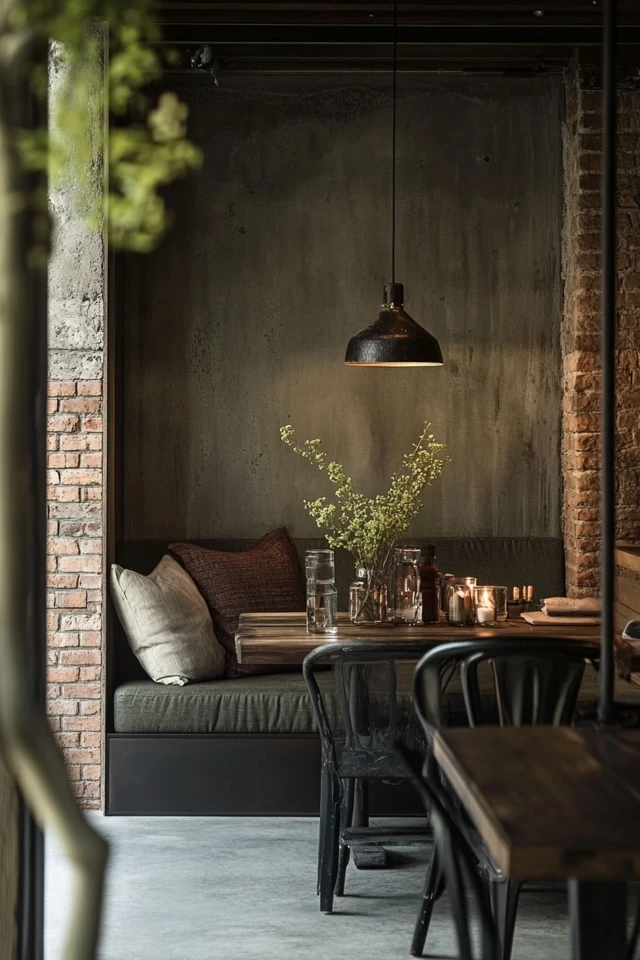
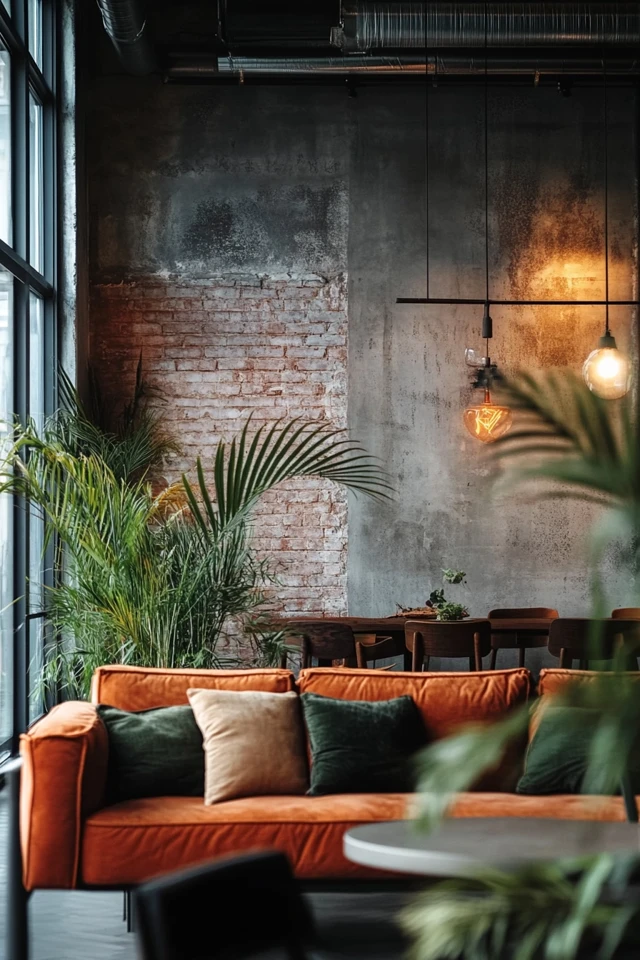
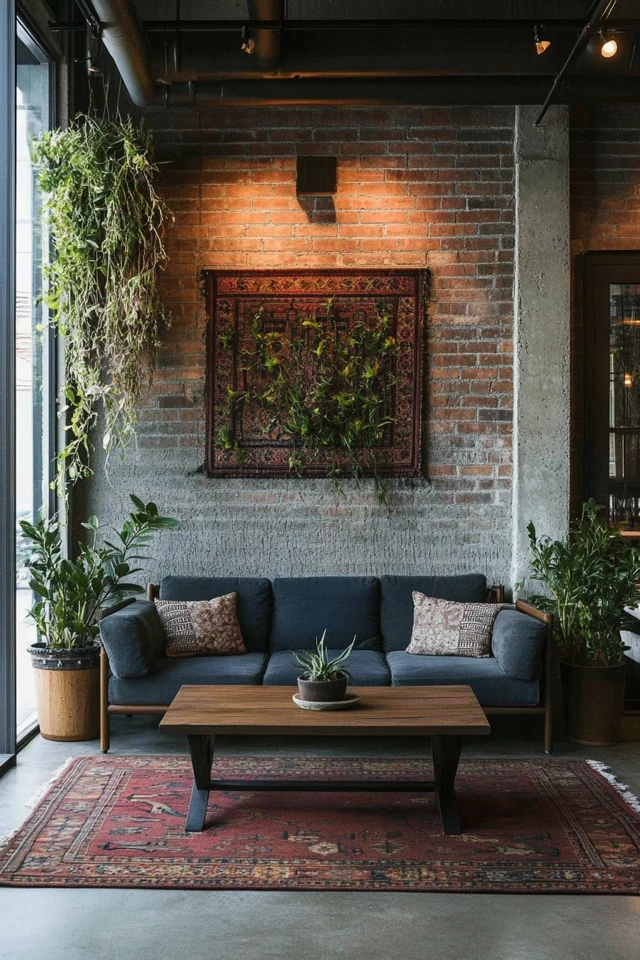
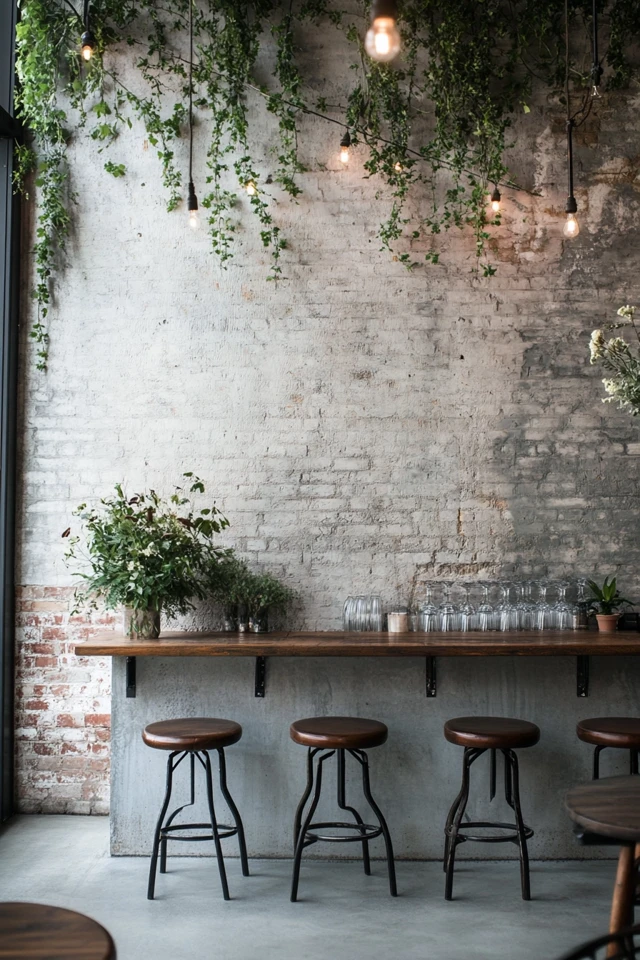
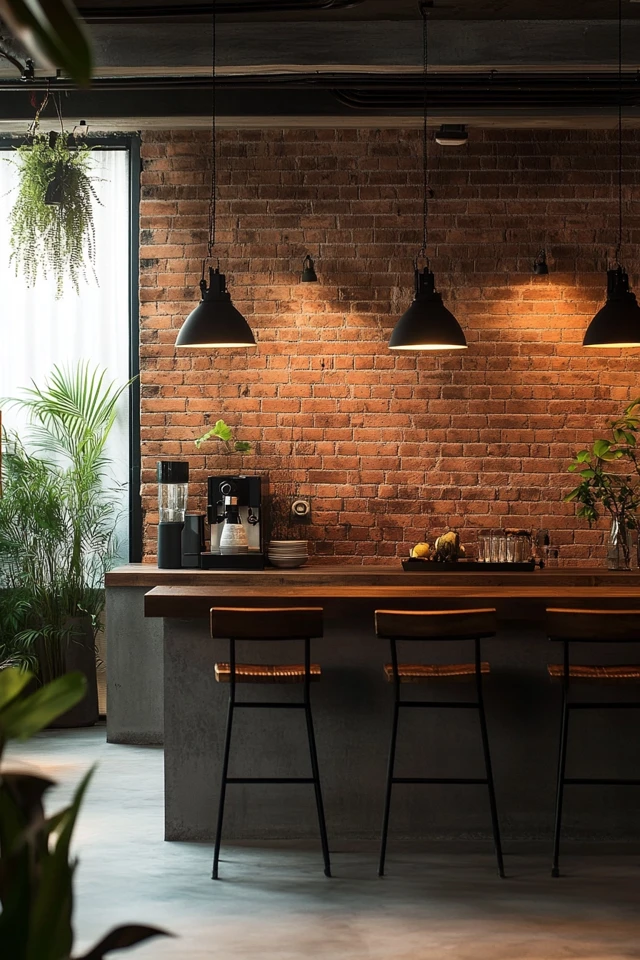
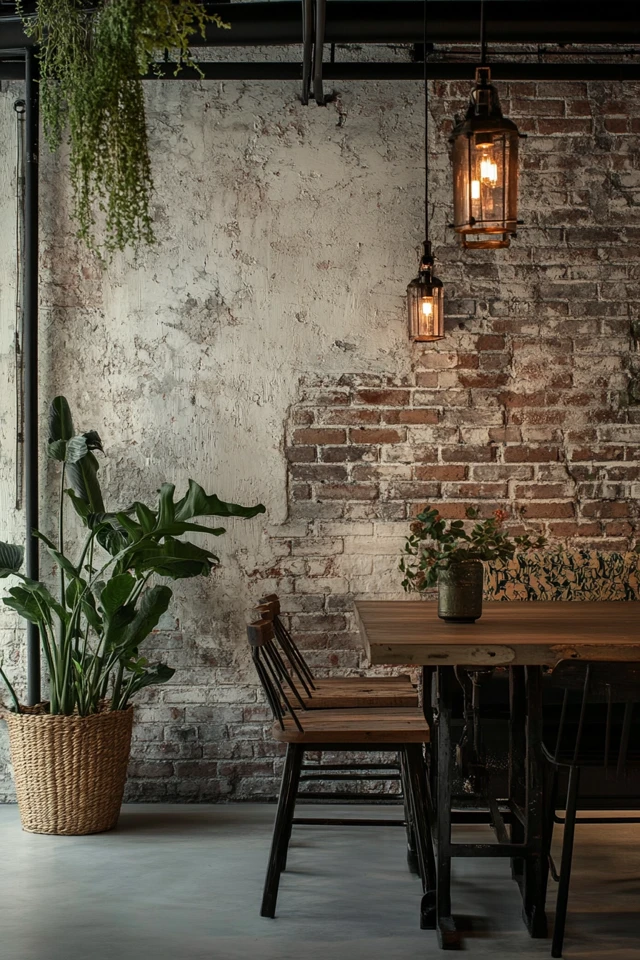
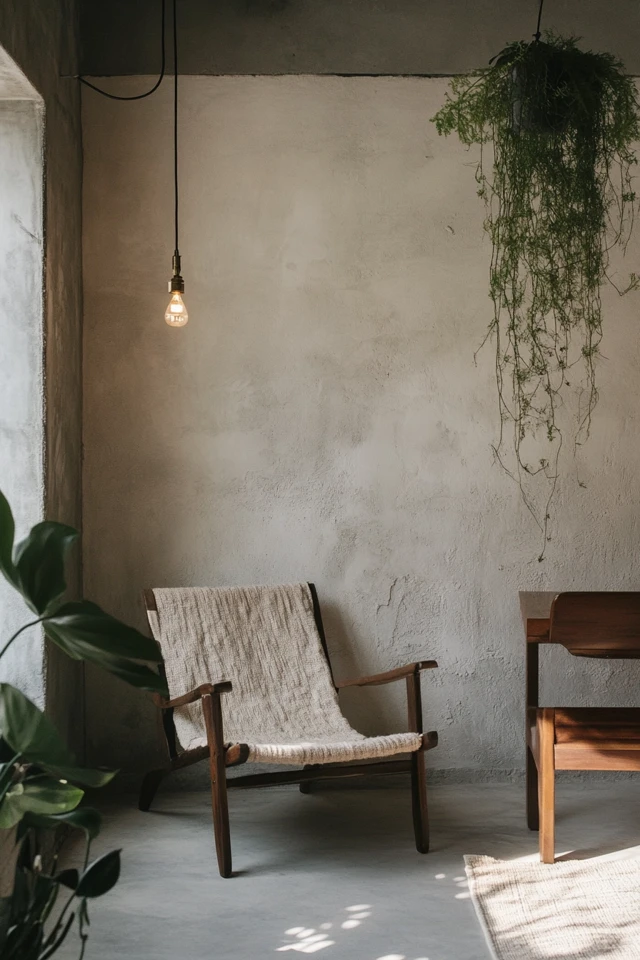
Conclusion
Combining warm textures with industrial design creates a balanced, inviting space that feels both modern and comfortable. Whether it’s layering rugs, incorporating soft textiles, or adding natural materials, these elements bring depth, warmth, and personality to your home.
What I love most about this approach is the contrast—it’s the meeting of raw and refined, edgy and cozy. By layering textures and thoughtfully blending materials, you can transform an industrial space into a haven that’s as functional as it is stylish. Start small with a cozy throw or woven basket, and watch as your space begins to feel like home.
FAQ
Can warm textures work in a minimalist industrial space?
Absolutely! Use subtle warm elements like soft lighting or a simple wool rug to maintain the minimalist aesthetic.
How do I add warmth without overpowering the industrial vibe?
Stick to neutral tones and natural materials, and use warm textures as accents rather than dominant features.
What’s the best way to soften a concrete floor?
Layer rugs in varying textures and sizes, and add plush furniture to offset the hardness of concrete.
Can I use color in an industrial space?
Yes! Warm, earthy tones like rust, terracotta, and mustard can complement the neutral industrial palette without feeling out of place.
What materials pair well with industrial design?
Reclaimed wood, leather, woven materials, and soft textiles like cotton and linen all pair beautifully with industrial elements like metal and concrete.

